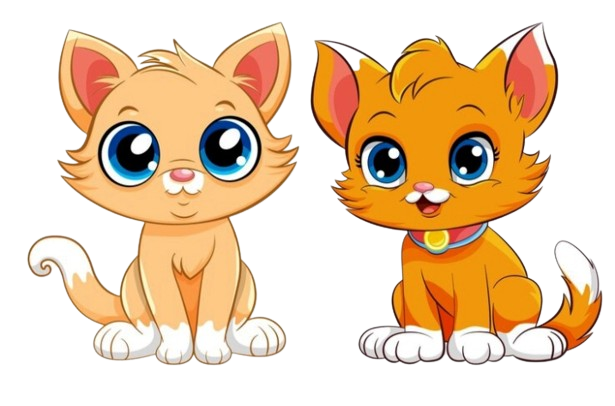Persian cat
Persian, Longhair, Persian Longhair,
History of Persian Cat
The Persian cat is one of the oldest cat breeds in the
world. Their early history remains largely unknown, although most agree that
the cat (or at least its ancestors) originated from Persia (now Iran) and
Turkey.
Characteristics of the Persian cat breed
Adaptability 10/10
Attachment to the family 10/10
Gaming activity 02/10
intelligence 07/10
General health 03/10
Wool fallout 09/10
Friendliness to children 03/10
Friendly to dogs 04/10
Love for meows 02/10
Breeds Information of Persian longhair cat
Country of origin | Iran |
Lifetime | 15-20 years |
Size | average |
Weight | Cats: 5-8 kg, Cats: 3-5 kg |
Coat type | longhair |
Color | any colors and patterns of wool |
Lifestyle | indoors |
Price | 50-400 $ |
Italian explorer Pietro Della Valle is credited with
introducing the rock to Europe in 1620. Here's how he described them: "In
Persia, there is a cat with the image and shape of our usual, but definitely
more beautiful in the brilliance and color of its coat. It has a gray-blue
color, the coat is soft and shiny, like silk. The tail is long and covered with
six inches long hair." Over the next two centuries, the Persian cat became
one of the most popular breeds among Europeans.
In the United States, this breed appeared at the end of the
19th century and also quickly became a favorite among the most popular breeds.
Today, the Persian cat is the most popular cat breed
registered by the Cat Lovers Association.
 |
| flat-faced cat |
Description of Persian cats
The Persian cat, also known as the Persian Longhair, is an
elegant, graceful, gentle breed whose most distinctive features are its
remarkable coat and its unique head.
Today, the Persian cat is one of the most popular cat breeds
because of its exceptional beauty and kind temperament. Although their basic
nature has changed little over time, their shape and appearance have undergone
significant changes.
Modern Persians come in medium to large sizes, stocky, with
short thick legs, a massive body, and distinctly convex profiles. The head of
the Persian cat is wide, round, and unusually large in relation to body size.
The eyes of the Persians are large, round, and very expressive.
The neck is short and thick, with a characteristic mane-like
ruff, and the tail is short and extremely fluffy. Persians have a thick, soft
undercoat with a longer outer layer of wool.
Persian kidney can weigh from 3 to 8 kg, height about 25 -
38 cm. The average life expectancy is 15 years or more.
Persian cats can have almost any color.
 |
| Himalayan Persian cat |
The personality of a Persian kitten
Persians are gentle, calm cats who like a serene
environment, and people who treat them kindly. For this reason, they are not
recommended for noisy families, although they can be excellent companions for
the elderly or lonely people and do not mind being left alone from time to
time.
As opposed to more athletic cats, such as savanna or devon
rex, they prefer to sit around on the couch. In most cases, this involves
sleeping in a warm, comfortable place rather than an activity that requires any
effort.
Children are acceptable to a Persian as long as they are
satisfied with just caressing him rather than pulling or dressing him. In
general, just make sure that children treat this cat with tender respect.
The Persian cat does not mind spending time alone, but the
presence of the owner will always make her happy.
Common diseases in Persian cats
Persians are known to be a healthy breed of cat, although,
being a brachycephalic breed, they are prone to breathing problems.
With that said, they may suffer from several hereditary
health problems that are worth knowing about if you plan to have a kitten:
- polycystic kidney disease;
- progressive retinal atrophy;
- breathing problems;
- primary seborrhea;
- hypertrophic cardiomyopathy.
- Ask your kitten's breeder about the results of the parental health screening.
How to take care of a Persian cat?
The Persian cat needs daily care (including cleaning and
combing), and it also needs to be bathed to prevent the appearance of tangles
and unpleasant odor of the coat.
The cat's eyes should be wiped regularly to prevent the
formation of a crust and remove spots from tears. Also, pay attention to the
ears and, if necessary, clean them.
In addition, Persians need to be fed quality food that meets
all their nutritional needs throughout their lives, which is especially
important for kittens and older cats.
Beautiful pictures of Persian cat
 |
| white Persian cat |
 |
| flat-faced cat |
 |
| white Persian cat |
 |
| persian kitten |
 |
| shorthair exotic |



